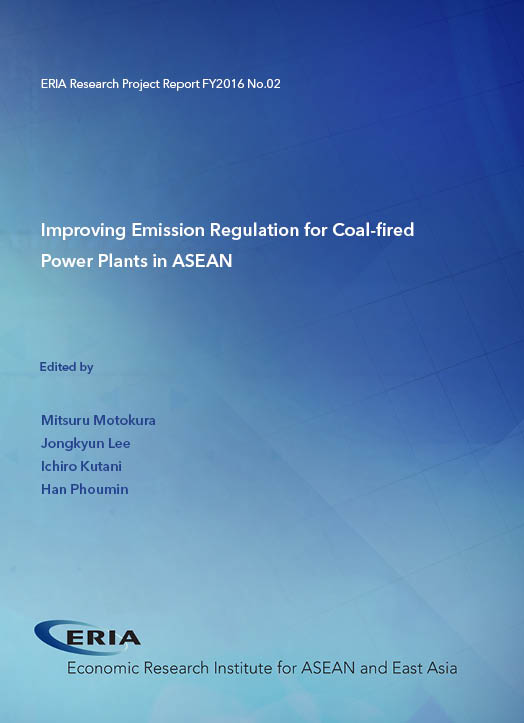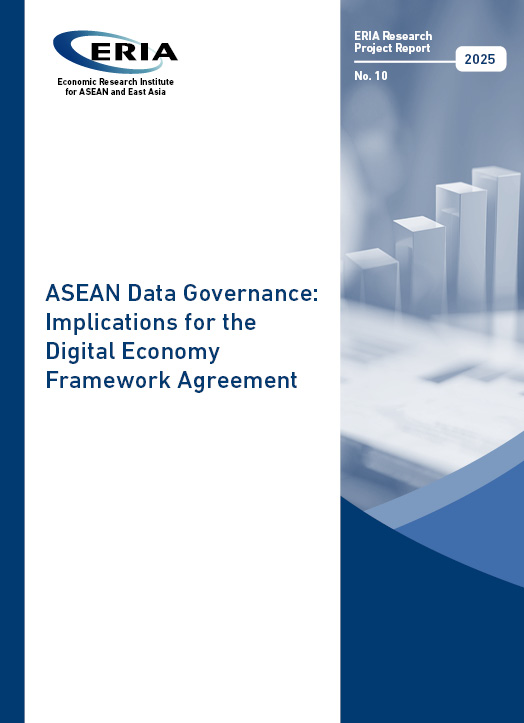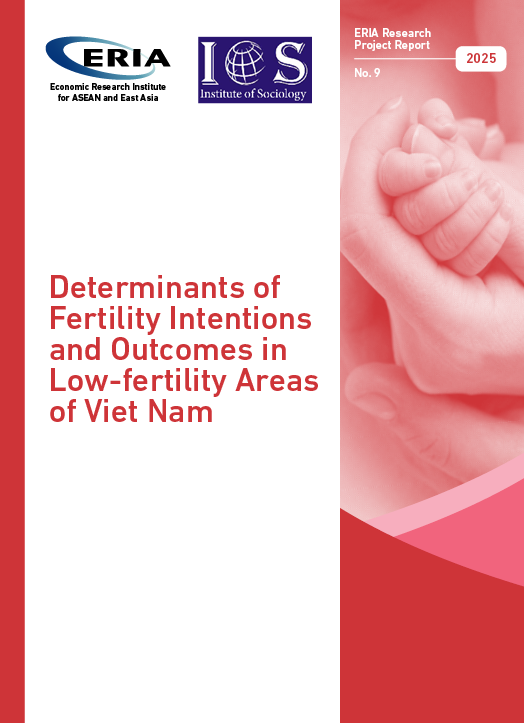Improving Emission Regulation for Coal-fired Power Plants in ASEAN

Print Article:
Coal, the most abundant and reliable energy resource, will continue to be the dominant energy source for the East Asia Summit (EAS) region. The coal use patterns in the region reflect robust increase of electricity consumption and power to steer economic growth. With such a fast-growing electricity demand, emerging Asia, particularly ASEAN, will likely build coal-fired power plants (CPPs) with less capital cost. These low-efficiency CPPs will harm the environment because of air pollution, and CO2 and greenhouse gas emissions. At the same time, world leaders have seriously taken actions to mitigate climate change. Each country pledged to implement Nationally Determined Contributions to track the abatement of climate change.
Stringent environmental regulations that are effectively enforced will help investors select better technologies. Ultra-supercritical technology (USC) for CPPs, considered clean coal technology, uses coal more efficiently and cleanly compared to traditional coal power plant, such as sub-critical technology.
This study, therefore, compares emissions regulations and systems of CPPs in ASEAN and advanced countries. It suggests that minimizing the emission of air pollutants in ASEAN countries is a precondition to the future use of CPPs. Thus, it is expected raise the level of public acceptance to use coal cleanly. ASEAN then should raise the current emission standards of air pollutants from CPPs to the level equivalent to that of OECD countries. In this case, the clean coal technology will be selected automatically, enabling ASEAN to head towards the common environmental standard for the coal-fired power generation.
Full Report
Contents
List of Abbreviations and Acronyms
Chapter 2. Summary of Management System in ASEAN, China and India
Chapter 3. Summary of Management System in Selected OECD Countries




